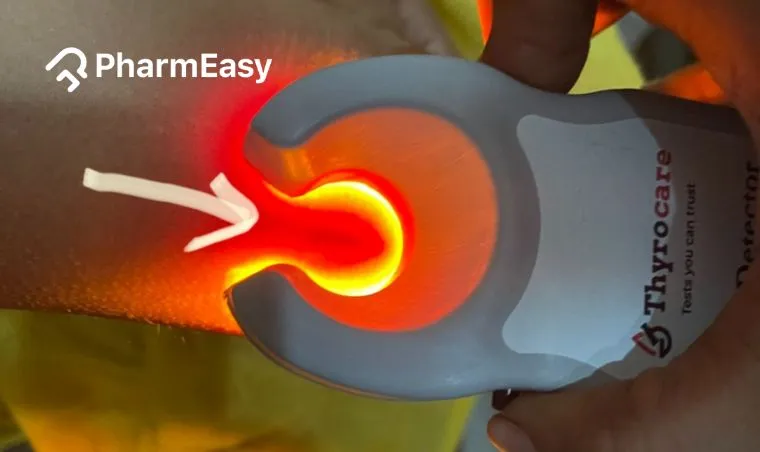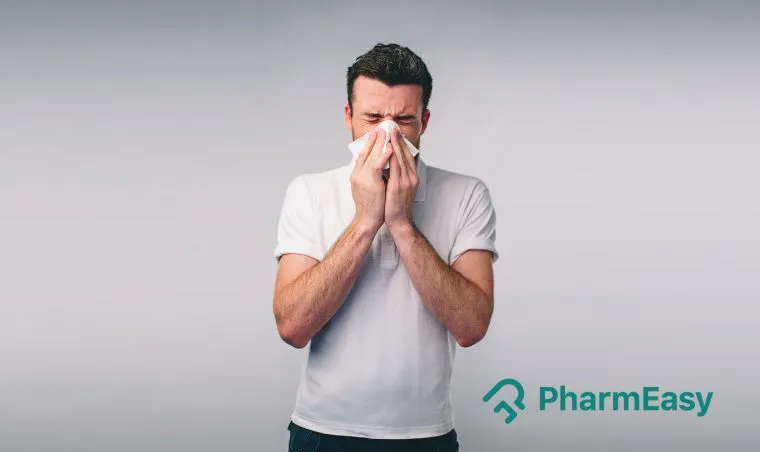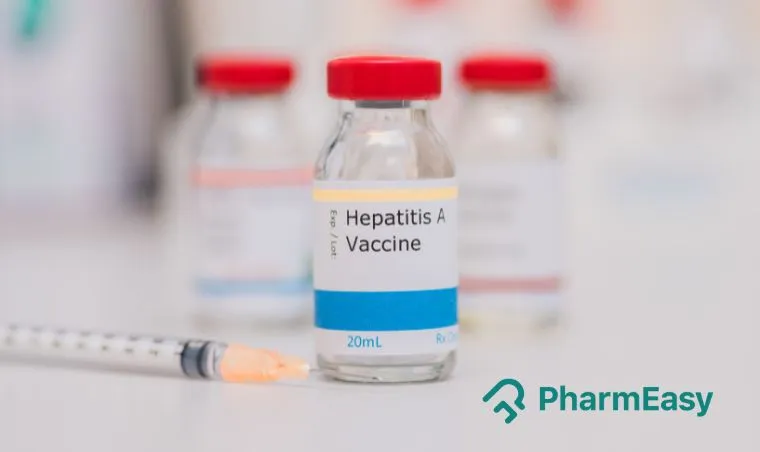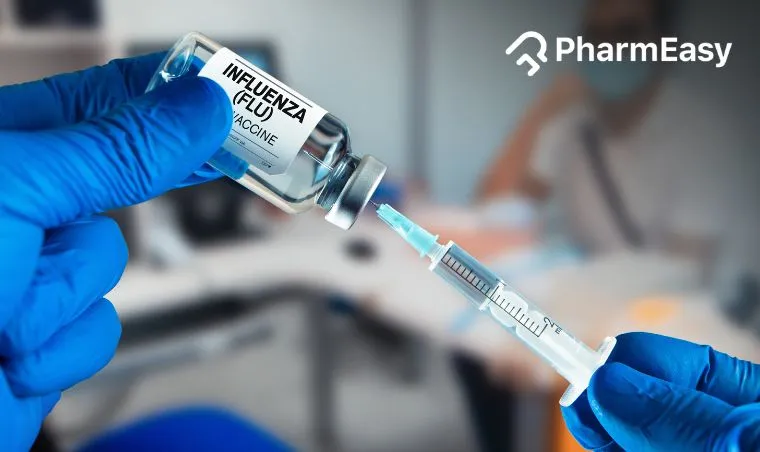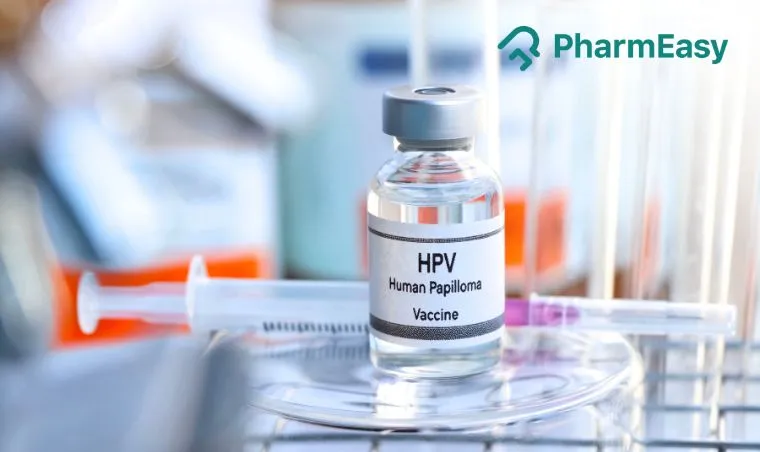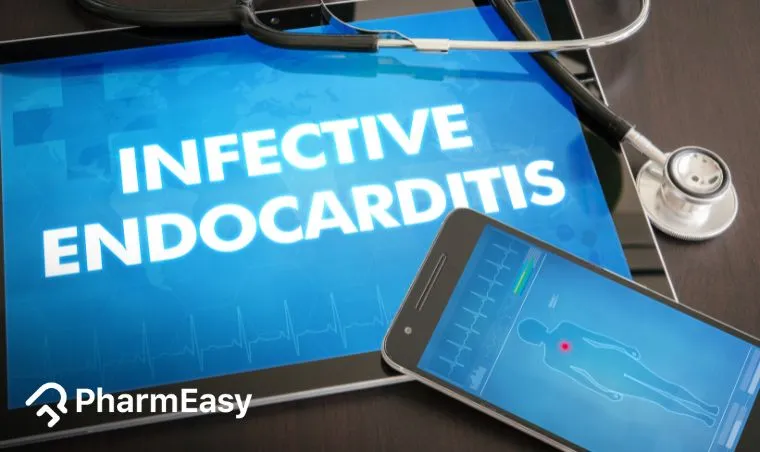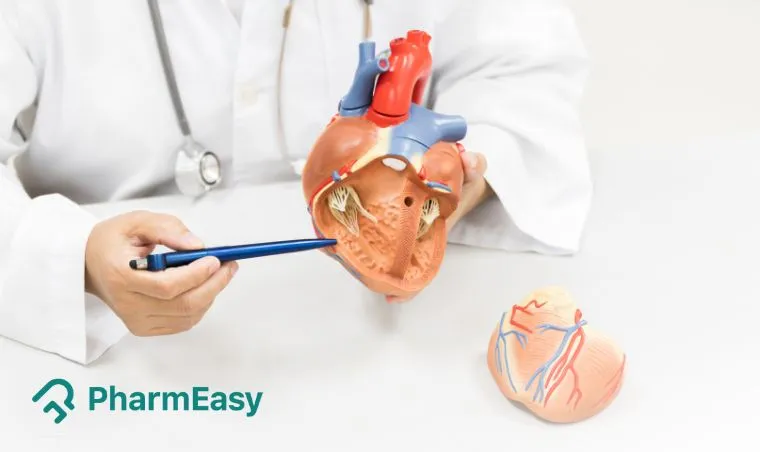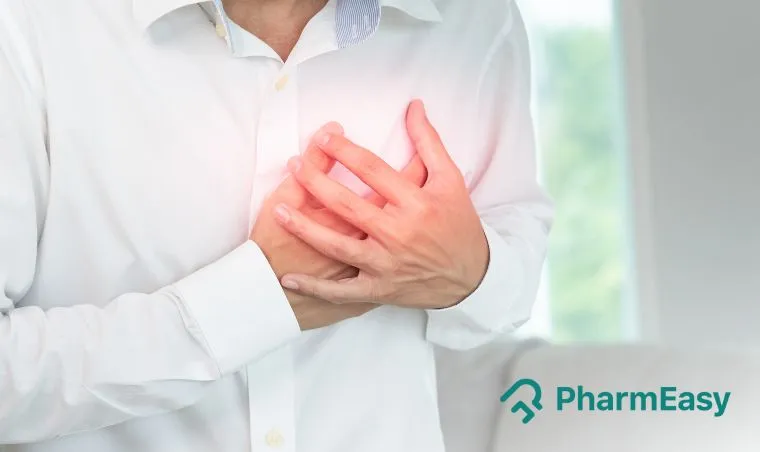Vicox 2 Tablet
Description
Vicox 2 contains two active medicines, Rifampicin and Isoniazid. It is a combination of two antibiotics that are used to manage tuberculosis. Tuberculosis (TB) is a common, prevalent infectious di
sease in India. It is caused by Mycobacterium tuberculosis. It primarily affects the lungs, known as pulmonary tuberculosis. In lung TB, patients present with coughs with sputum production lasting for more than two weeks, evening fevers, night sweats, and weight loss. TB is a chronic, severely debilitating infection that requires sustained treatment. The first-line therapy of TB involves the medications Rifampicin, Isoniazid, Pyrazinamide and Ethambutol in appropriate doses. Vicox 2 FDC is a combination of 2 of these medicines in a fixed-dose in one tablet. Rifampicin kills bacteria inside and outside the cell, responsible for 99% killing of tuberculosis bacteria. It kills organisms that are replicating at a slow or intermittent pace. Isoniazid acts against rapidly growing bacteria by preventing bacterial cell wall formation.
Product Summary
| Offer Price | ₹64.60 |
| You Save | ₹20.40 (24% on MRP) |
| Contains | Rifampicin(450.0 Mg)+Isoniazid(300.0 Mg) |
| Uses | Treatment of Tuberculosi |
| Side effects | Nausea, vomiting, abdominal pain, itching, headache, drowsiness, giddiness, fatigue, discolouration of urine/ secretions/ faeces, liver dysfunction, kidney dysfunction, visual changes, peripheral nerve disorders. |
| Therapy | ANTI-TUBERCULAR |
Uses
- Management of tuberculosis
Contraindications
- Patients who are hypersensitive to rifampicin, isoniazid or any of the other contents of this tablet.
- It is contraindicated in persons with liver disease or jaundice.
- It is to be used with caution in the case of intravenous substance users.
- Patients with Kidney disease.
- Pregnancy
- Patients having tingling, numbness, or any signs of peripheral nerve damage (neuropathy)
Side effects
- Headache
- Nausea
- Skin rashes with or without itching
- Urticaria (a skin condition with elevated red lesions on the skin)
- Vomiting
- Dizziness
- Orange-red colour urine
Precautions and Warnings
Pregnancy
Breast Feeding
Driving
Alcohol
Other General Warnings
- Both Rifampicin and Isoniazid causes liver dysfunction, so use with physician advice in liver disease
- Rifampicin may produce a discolouration (yellow, orange, red, brown) of the teeth, urine, sweat, sputum and tears.
Mode of Action
How Does It Work?
Directions for Use
- This medication should be taken as prescribed by the prescribing doctor.
- It is recommended to take this medication on a regular schedule at the same time every day for optimal effects of this medication.
- Do not crush, chew or break this tablet. Swallow it entirely with a glass of water.
- This tablet should ideally be taken without food to ensure maximum absorption.
Interactions
Interactions with other medicines
- Rifampicin is a potent inducer of a particular enzyme system involved in the metabolism of other medications. Dose adjustment may be needed in case of chronic use of any medications. For example, painkillers such as morphine....
- Antacids (used in case of heartburn or stomach ulcers to reduce acid production) reduce the amount of rifampicin and isoniazid absorbed from the gut to the bloodstream. These include omeprazole, pantoprazole, etc....
- Corticosteroids can reduce the plasma levels of isoniazid as they increase its metabolic and excretion.
- There are increased chances of toxicity due to high doses of paracetamol in patients taking Vicox 2.
- Vicox 2 affects the blood levels of medications used in the treatment of seizures (fits), such as carbamazepine and phenytoin. The dose of these tablets has to be adjusted accordingly.
- It reduces the efficacy of ketoconazole, an antifungal medication.
Interactions with food items
- The content of isoniazid interacts with certain types of wine and cheese due to a high level of tyramine content in them.
- Also avoid foods rich in histamine, such as tuna. Taking these foods with the tablet can result in flushing (redness of skin), reduced blood pressure, headache, and sweating.
Storage and disposal
Dosage
Overdose
Missed a Dose
Content Details
Dr. Bhavika Shah
MBBS, MD (Dermatology), DNB (Dermatology)
Frequently Asked Questions (FAQs)
Q: I have had a cough for the last week. Can I take this tablet?
Q: I was recently diagnosed with fatty liver. I am taking this tablet for tuberculosis. Can I continue it?
Q: My doctor asked me to take this tablet on an empty stomach, which made me nauseous. What do I do?
References
Did you find this medicine information helpful?
Please rate your experience
Other Products from this Brand
Blog Articles
Chronic Condition Articles
Top-Tests we cover:
Top-Selling Healthcare Products:
Top-Selling Medicines:
Top-Searched Medicines:
